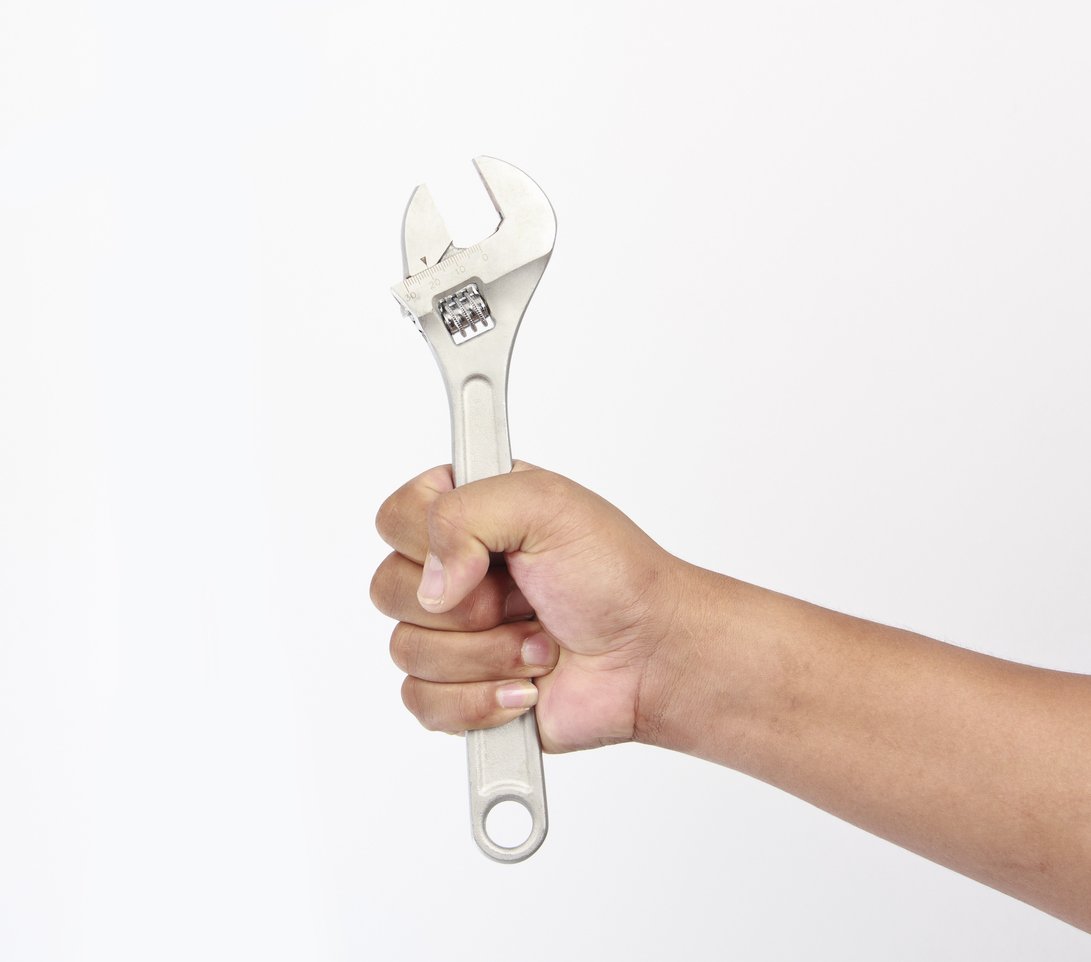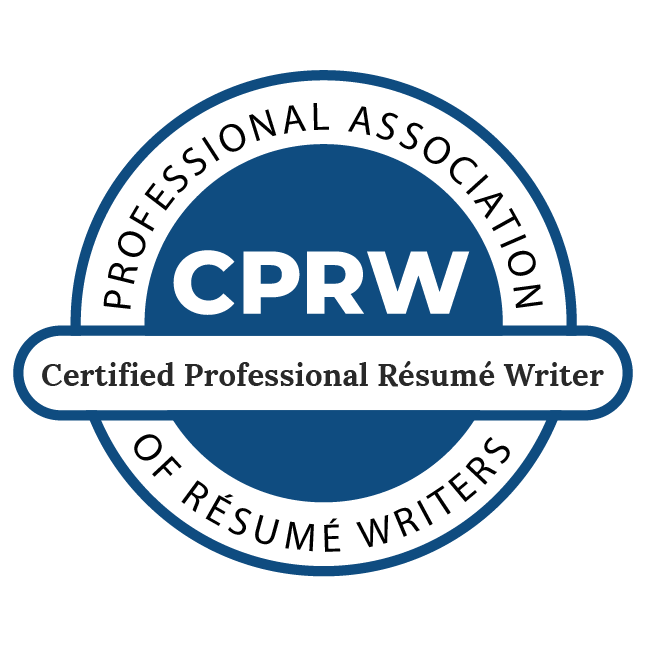Have you heard the advice that you should customize your resume each and every time you send it out?
This is great advice in theory. But in the real world, spending hours re-constructing your resume for each job application isn’t practical. And what exactly should you be tweaking anyway?
Here are some targeted tips on why and how to tweak your resume. The good news is that a few minor changes can have a big impact on the effectiveness of your resume.
Tweak Your Headline and Summary Section
Your resume should start with a Profile or Summary section that identifies your strongest qualifications and career high points. The idea is to give a hiring manager an easy way to categorize who you are and what you do and to outline how you can fill the needs of a potential employer.
This is the perfect spot in a resume to make some tweaks. Identify yourself in terms of the target job’s title and identify the specific ways your qualifications match the job post.
Tweak Your Key Words
Many times you resume will be screened by an automated Applicant Tracking System before it ever reaches human eyes. The purpose of ATS to gauge how closely your resume matches key qualifications from the post.
Here’s a crucial way to tweak your resume. Scan through the job post and identify keywords that ATS will likely be tracking. Then, wherever possible, make sure those exact words are present on your resume. You can accomplish this by adding a list of skills in the Summary section or simply by making sure the verbiage of your resume mirrors that exact phrasing.
Reorder Bullets
Resumes follow the inverted pyramid principle, just like news articles. In other words, the most important information should come first. (Because you never know when your reader might lose interest and stop reading.)
Take a quick look at the bullet points on your resume. Make sure the bullets most relevant to your target job are at the top of the list.
Tweak Your Cover Letter
A cover letter is a great place to lay out your case in a more conversational (but still highly professional) tone. Use this opportunity to explain exactly how the work experience detailed in your resume addresses the needs of this specific job.
Don’t assume the reader will connect the dots—do the work for them. (See? Already you’re solving problems for the company!) Recap the highlights from your resume that you hope the reader will notice.
(Read more about what a cover letter can do for you here.)Tweak Your Online Resume
Here’s a simple tip from Jim Niemela at ZimZee Recruiting. Wherever you resume is posted—Indeed, CareerBuilder, LinkedIn—log in and make a change or two every couple weeks. This can be as easy as changing a word or even a comma.
The idea is that recruiters and HR staff run searches based on date ranges—just like when you’re searching Craigslist or house listings and filter to see the most recent items first. After a few weeks of inactivity, your resume is old and is therefore much less likely to appear in search results. A few changes will pop you back up to the top of current listings.
If a potential job is a good fit for you, it’s more than worth your while to customize your application. Invest a few minutes to adjust your resume and cover letter in line with the stated qualifications for each specific role.
And if you’re ready to go beyond tweaks and give your resume a from-the-ground-up rehab, reach out to Upword Resume to work with one of our friendly, expert resume writers.


